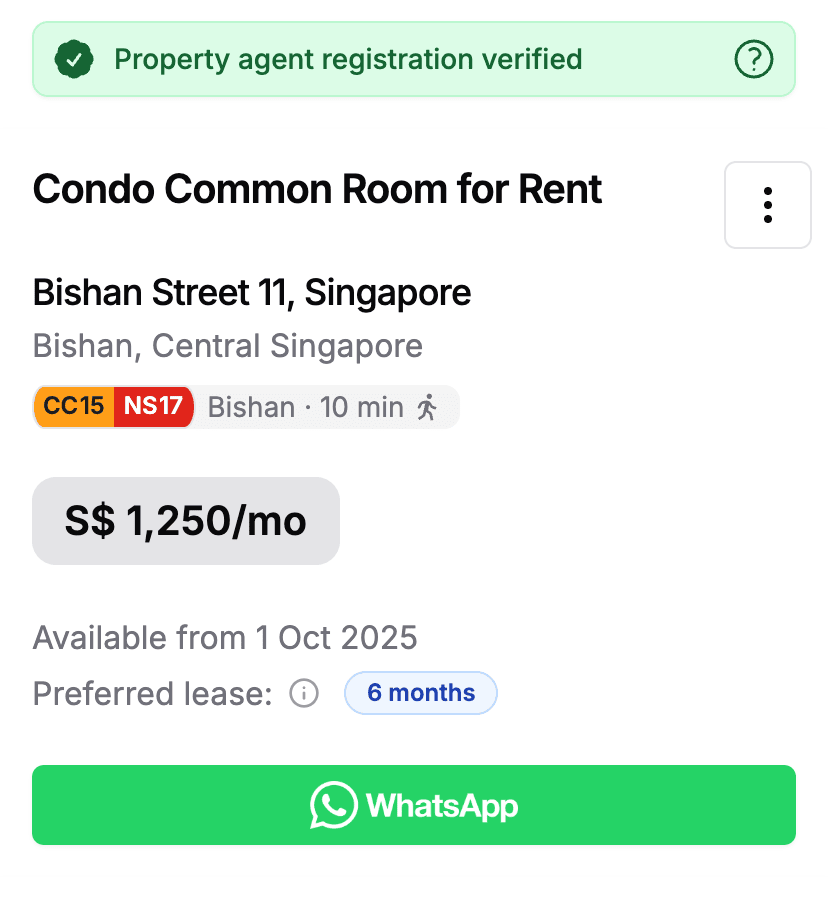Rooms for Rent near Clarke Quay MRT
30 results
S$ 750/mo
HDBCommon Room
264 Waterloo Street
Rochor, Central Singapore
· 5 min
· 6 min
S$ 1,150/mo
HDBCommon Room
1B Cantonment Road
Outram, Central Singapore
· 6 min
· 6 min
S$ 1,999/mo
HDBMaster Room
1B Cantonment Road
Outram, Central Singapore
· 6 min
· 6 min






